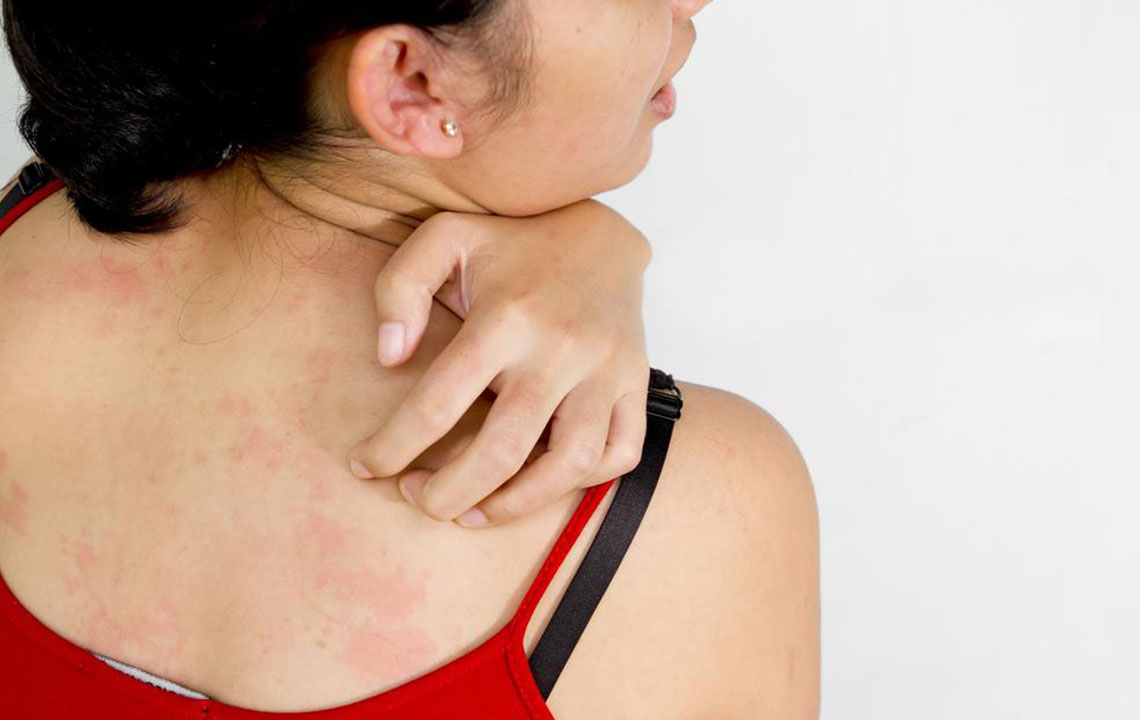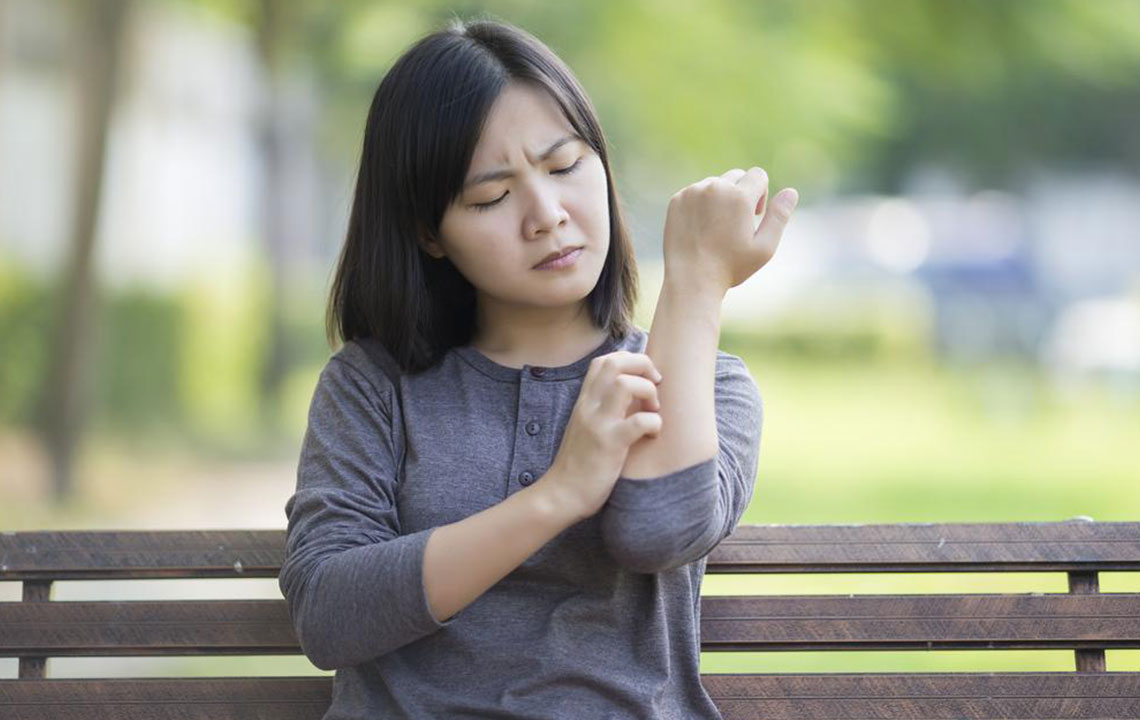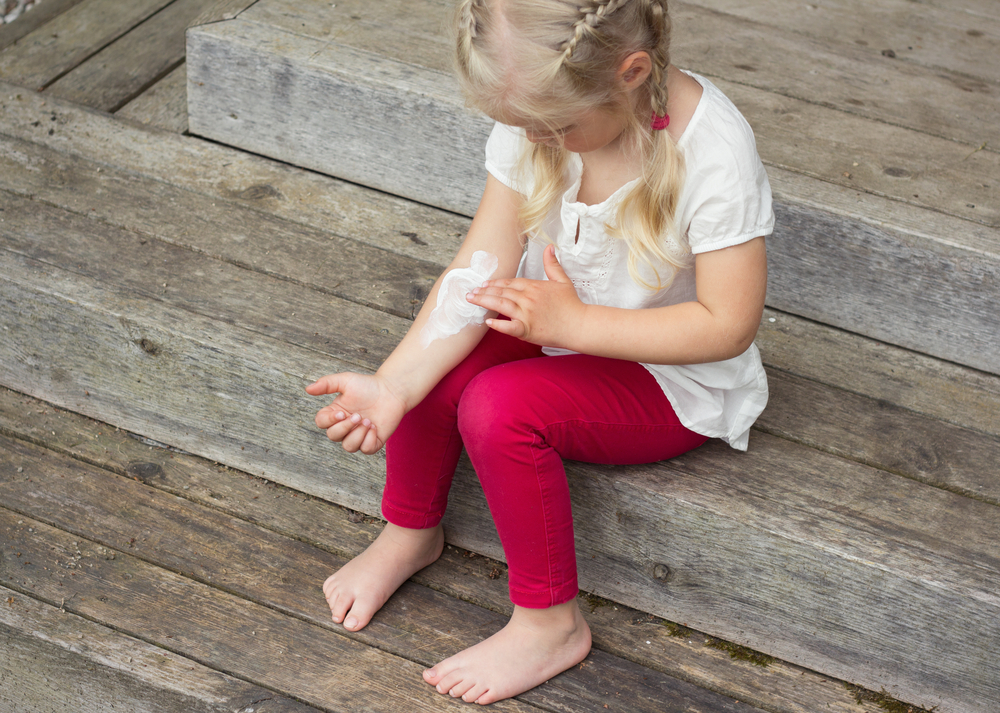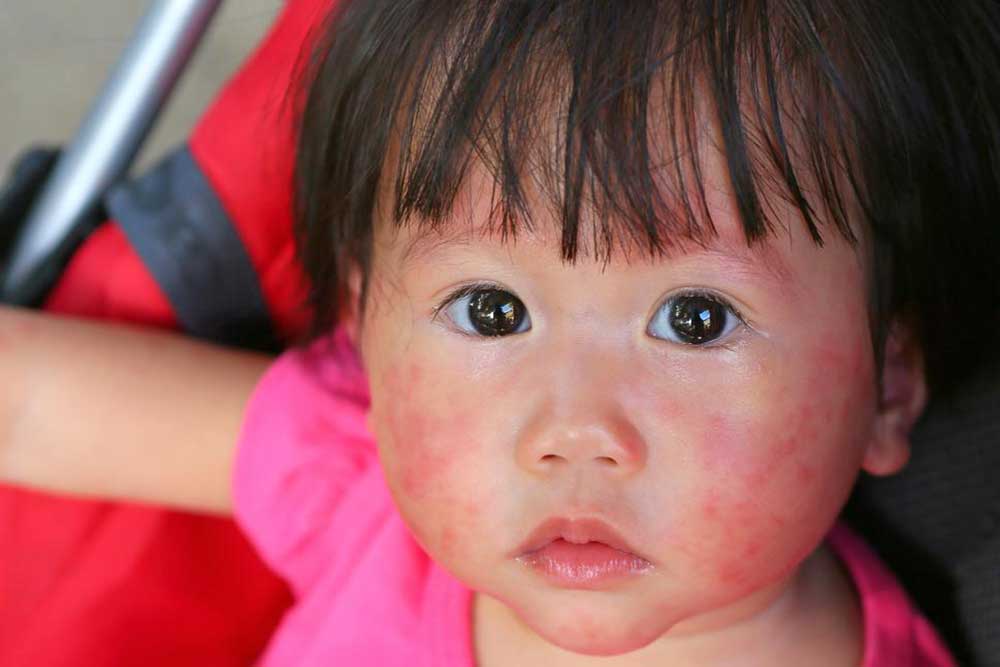Comprehensive Guide to Itchy Skin Bumps in Seniors: Causes, Treatments, and Prevention
This comprehensive guide explores common causes of itchy skin bumps in older adults, including allergic reactions, insect bites, contact dermatitis, scabies, and eczema. It emphasizes the importance of accurate diagnosis, lifestyle modifications, and home remedies for effective relief and prevention. The article offers practical tips on identifying triggers, moisturizing, choosing gentle skincare products, and seeking regular medical care, aiming to improve skin health and comfort in seniors. Understanding these factors helps seniors maintain healthier skin and enhances their overall quality of life.

An In-Depth Look at Managing Itchy Skin Bumps in Older Adults
As individuals grow older, their skin naturally undergoes a series of changes that make it more susceptible to irritation and various skin conditions. The aging process causes the skin to become thinner, less elastic, and more fragile, leading to increased sensitivity. In addition, environmental factors, lifestyle choices, genetic predispositions, and diet can all contribute to the development of itchy bumps and skin discomfort in seniors. Recognizing the roots of these skin issues and learning effective management and preventive strategies are essential for maintaining skin health and overall well-being in older adults.
Understanding the Primary Causes of Itchy Bumps in the Elderly
1. Allergic Reactions and Urticaria (Hives)
Urticaria, commonly referred to as hives, often presents as raised, itchy patches on the skin. These bumps can vary in size and shape, appearing suddenly and sometimes spreading rapidly. Common triggers include certain foods such as nuts, shellfish, and eggs; contact with latex gloves or products; insect bites, particularly from mosquitoes or fleas; and environmental allergens like pollen, pet dander, or dust mites. The color of these bumps can be red, purple, or skin-toned, and they often blanch (turn white) when pressed. In some cases, hives may be acute, lasting from a few hours up to a few weeks, while chronic hives persist longer than six weeks and may be linked to underlying health issues such as thyroid abnormalities, hepatitis, or other autoimmune conditions.
2. Bed Bug Bites and Other Insect Bites
Bed bugs are notorious for their resistance and ability to hide during the day. Their bites often go unnoticed initially because they resemble those caused by other insects. Over time, the bites may become itchy and inflamed. Bed bug bites commonly appear as clusters or in straight lines, often on exposed skin areas like arms, legs, neck, or face. Signs of infestation include dark spots (bed bug excrement), blood stains on bedding, a musty odor, and bites that may not become apparent until weeks after exposure. The intense itching caused by these bites can lead to scratching, which increases the risk of skin infections. Detecting and eliminating bed bugs is crucial for managing skin issues related to their bites.
3. Contact Dermatitis: Allergic and Irritant Types
Contact dermatitis is a common allergic reaction resulting from direct contact with allergens or irritants. In seniors, this may be caused by exposure to certain jewelry metals like nickel, topical medications, soaps, cleansers, or chemical agents found in household products. Symptoms usually appear within a day or two of exposure and include redness, swelling, itching, blistering, and soreness. The rash and bumps can persist for up to three weeks if the offending material is not removed. Chronic exposure or repeated contact can lead to more severe skin damage and increased susceptibility to bacterial or fungal infections.
4. Scabies: The Itch Mite Infestation
Scabies is caused by the infestation of the skin with microscopic mites called Sarcoptes scabiei. These parasites burrow into the upper layers of the skin, creating tunnels that lead to the formation of red, itchy bumps, often accompanied by severe itching, especially at night. Common sites include the elbows, wrists, between fingers, underarms, waist, and behind the knees. The presence of tiny linear burrows and skin-colored or red bumps is characteristic of scabies. It is highly contagious and can spread quickly among household members if not treated promptly. Managing scabies involves medicated creams and strict hygiene measures.
5. Eczema (Atopic Dermatitis): Chronic Inflammed Skin
Eczema, also known as atopic dermatitis, is a long-term skin condition characterized by red, swollen, itchy patches that can develop into raised bumps. The affected skin may become thickened, flaky, and discolored. In older adults, eczema commonly affects the hands, knees, scalp, elbows, and face. The severity of eczema often fluctuates, worsening with scratching or exposure to irritants. Prolonged scratching not only exacerbates symptoms but also increases the risk of secondary bacterial or fungal infections. Managing eczema involves avoiding known irritants, using prescribed topical medications, and maintaining skin hydration.
Effective management of itchy skin bumps in seniors necessitates a comprehensive approach that includes medical diagnosis, lifestyle adjustments, and home remedies. Proper diagnosis by a healthcare professional ensures the correct underlying cause is identified, enabling targeted treatment strategies. At the same time, lifestyle changes can significantly reduce flare-ups and improve skin comfort.
1. Identifying and Avoiding Triggers
Pinpointing allergens and irritants is essential in preventing skin reactions. Common triggers include certain foods, environmental allergies, metals, chemicals, and insect bites. Keeping a detailed record of flare-ups and potential exposures can help identify specific triggers. Avoidance strategies include using hypoallergenic products, wearing protective clothing, and following allergen avoidance protocols.
2. Maintaining Optimal Skin Moisture
Dry skin is a major factor that worsens itchy bumps and irritations. Applying regular, fragrance-free, hypoallergenic moisturizers helps maintain skin hydration and strengthen the skin barrier. Especially thick creams and ointments are recommended for very dry or cracked skin, providing a protective layer that locks in moisture.
3. Choosing Appropriate Hair and Skin Care Products
In seniors, selecting mild, dermatologist-recommended shampoos and cleansers is vital. Products formulated for sensitive skin often contain soothing ingredients like aloe vera, oatmeal, or ceramides. Avoiding harsh soaps, alcohol-based products, and strong fragrances can reduce the risk of irritation and bumps.
4. Taking Gentle and Therapeutic Baths
Bathing in lukewarm or cool water prevents skin from becoming further irritated. Adding soothing agents like colloidal oatmeal, baking soda, or Epsom salts can reduce itching and inflammation. It is essential to limit scrubbing, use mild cleansers, and wear comfortable, loose-fitting clothing afterward to prevent further irritation.
5. Regular Medical Checkups and Personalized Care
Routine health evaluations help in early detection of underlying conditions that may contribute to skin issues. Consulting dermatologists or physicians can help tailor treatment plans, including prescription medications, topical therapies, or allergy testing. Proper management reduces the risk of complications like infections or chronic skin damage, ensuring comfort and improved quality of life for seniors.





